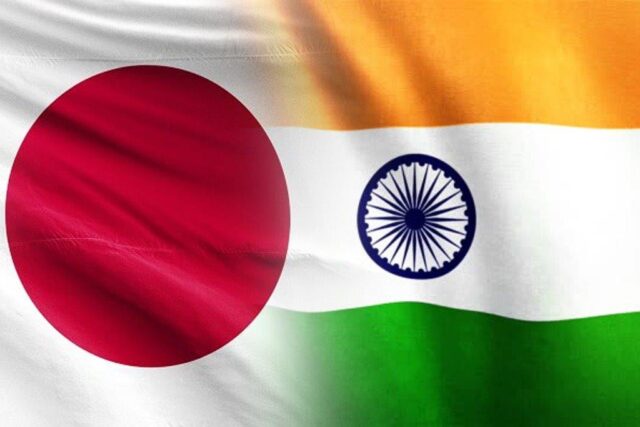On the 9th of September, India and Japan signed the Acquisition and Cross-Servicing Agreement, a pact for the reciprocal provision of supplies and services between their armed forces, a maneuver that has gained significance given China’s growing assertiveness in the Indo-Pacific region. Both countries participate in several military exercises together, in UN and humanitarian assistance operations and the agreement will also grant access to visit to each other’s ports.
Japan is now the sixth country with which India has such an agreement, adding itself to the list of Indian partners that consists of United States of America, France, Singapore, South Korea and Australia. This agreement comes at the heels of a similar agreement signed between India and Australia in June, aiding India’s vision for a free and independent Indo-Pacific. The region has acquired increasing importance at the international stage and earlier in the month, Germany had launched its Indo-Pacific strategy, delineating a key role for India.
Given the skirmishes between India and China along their long and intractable border as well as the growing tensions between China and the USA over trade, the fissures in the multilateral regime, and the general conflicts arising due to COVID-19, this agreement has attracted notice. According to the statement by the Indian Defence Ministry, the agreement will enhance interoperability between the armed forces of the two countries and give further impetus to bilateral defense engagements under the Special Strategic and Global Partnership between the two countries.
Ties between the two countries have grown significantly closer under the leadership of Prime Minister Modi and Japan’s Shinzo Abe, who is set to vacate his political office due to personal health concerns. The origin of the deal may be traced back to October of 2018 when both leaders agreed to work towards increasing the depth of defense cooperation in order to contribute to peace and security in the Indo-Pacific region.
However, analysts like Abhijnan Raj have countered the geopolitical significance of the agreement by suggesting that rather than being a deliberate ‘military pact,’ agreements of such fashion have greater significance towards systemizing the procedure of mutual supply of goods and services, setting of predetermined patterns and organization procedures, in effect leading to more sound “bookkeeping.” Writing for the Diplomat, he has backed his argument by underlining the transparency of the entire proceedings evident in the openly available text of the agreement, free for perusal by all which adds significant legitimacy to the proceedings by enabling India to reap “strategic payoffs of transparency.” Further, the longstanding negotiation of the agreement adds to this thought process as well as the fact that the Japanese foreign ministry did not specifically identify the Indo-Pacific in their statement on the potential of this agreement to add to international peace and security.
The agreement, therefore, needs to be interpreted in the full historical context in which it has developed and not merely in the international scenario of present India-China border tensions. It has added strength to India-Japan military ties and will aid India in providing a larger outreach for launching operations as well as greater support for the Indian navy.









